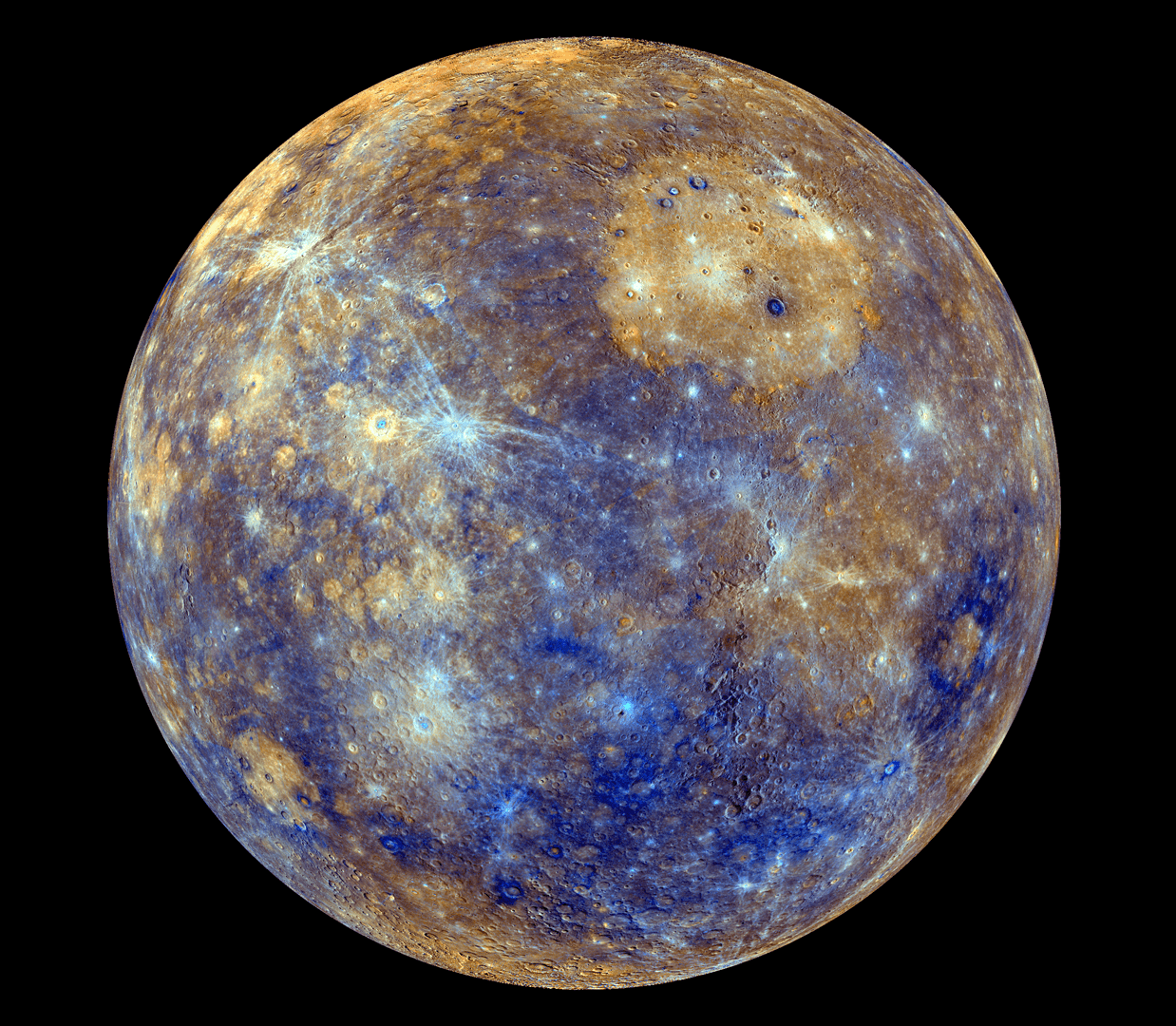Take a look around the Moon… no, really, take a good look AROUND the Moon! This is a fantastic animation of our planetary partner in space made by the folks on the Lunar Reconnaissance Orbiter team at Arizona State University. Assembled from reflectance maps and digital terrain models created from data gathered by LRO’s wide-angle camera, this full 360-degree portrait of the Moon shows its surface as if it were receiving direct top-down sunlight on all points — a physical impossibility, yes, but it gives us a great view of pretty much everything (including the far side, which for obvious reasons most of us never get a good look at.)
In addition to shining a light on the lunar landscape (pun intended) the vast amounts of data used to create the view above can also be used to calculate the type of illumination that would be found on any point on the Moon, at any time, allowing for better targeted observation planning with LRO’s narrow-angle camera.
Read more about how this process was engineered here, and see a more recent result of these new capabilities below:
While the image above wouldn’t have been visible from anywhere on North America on October 15, 2013 at 2 p.m. EDT, it’s what would have been seen in the night sky above Mumbai — but no international calls to India were needed, as the view could simply be generated from the LRO WAC data and a ray-tracing algorithm that plots the angles of light and shadow across the lunar terrain. Voilà — it’s Insta-Moon*!
*Some assembly required.
Read more on the Arizona State University LROC site here (and to really blow your mind, watch the high-resolution version here.)
Want to explore the Moon on your Android or iPhone? Check out our Phases of the Moon app!


